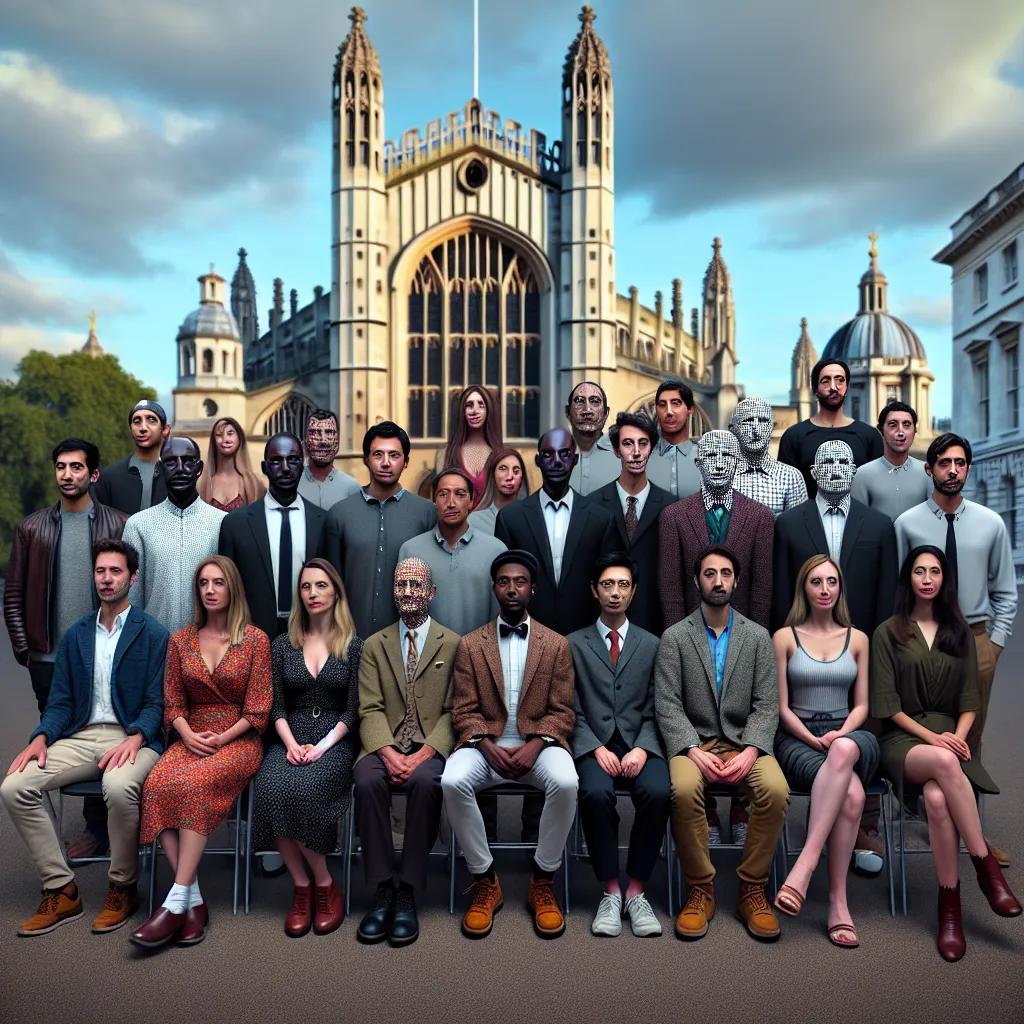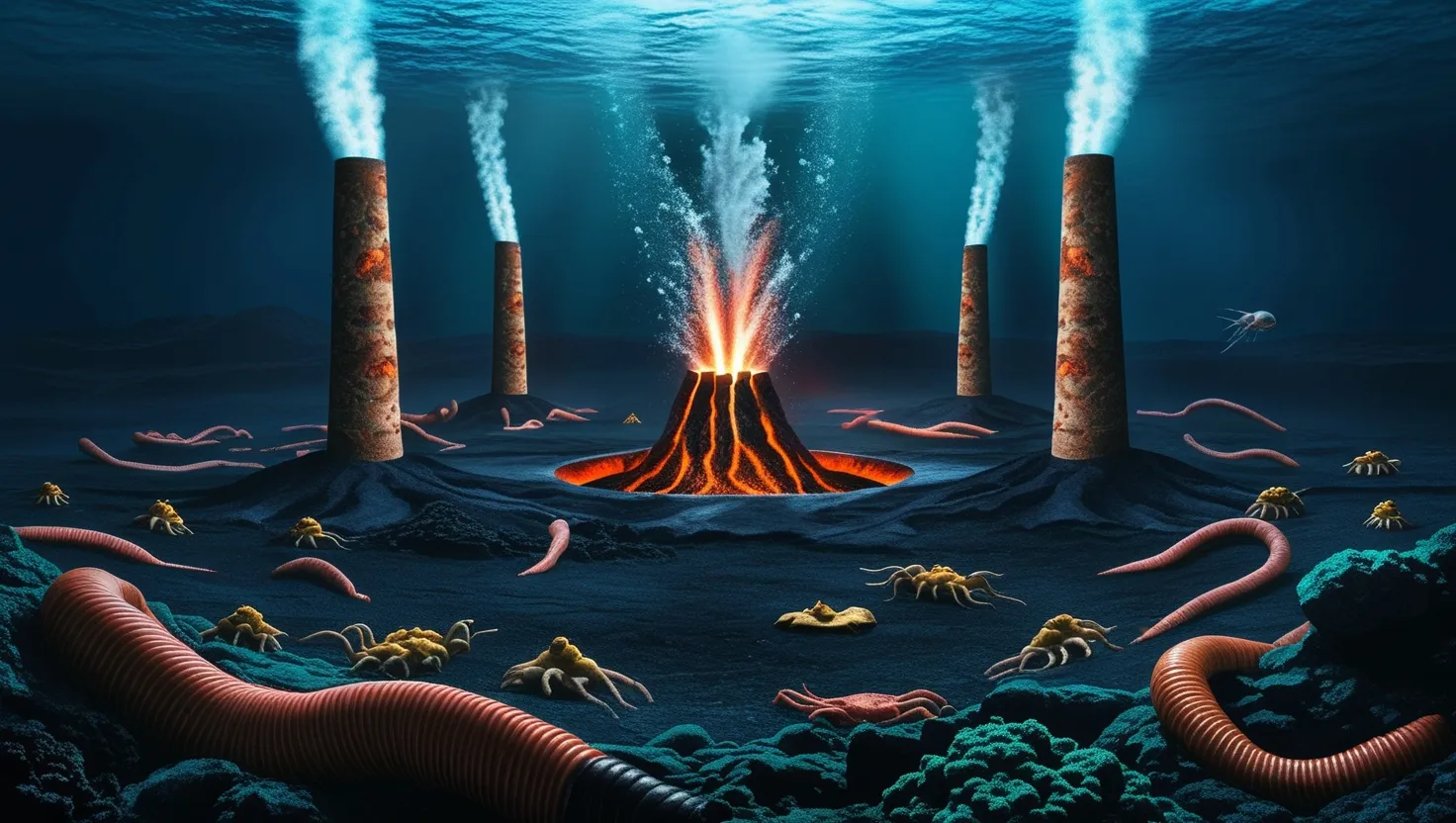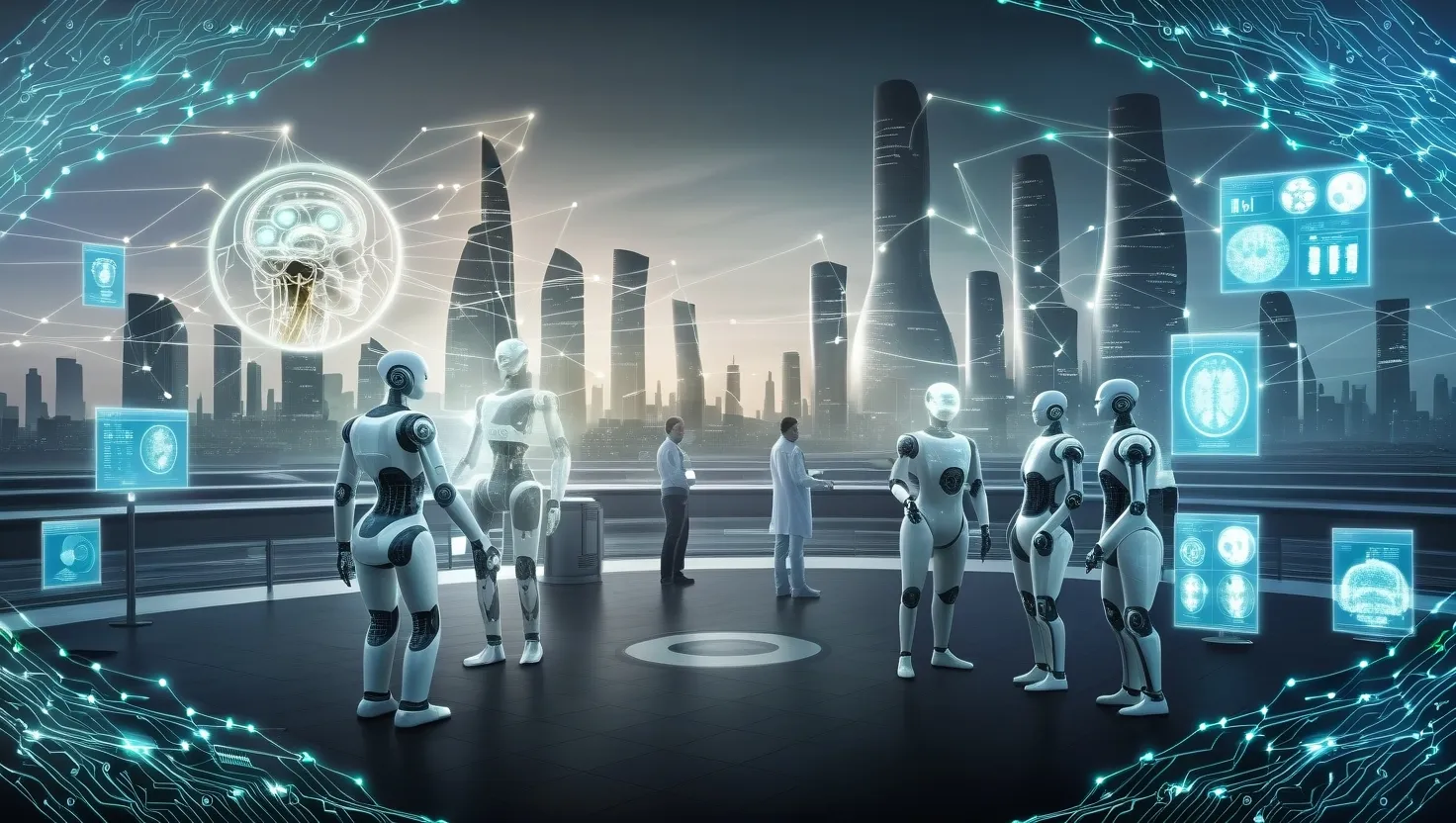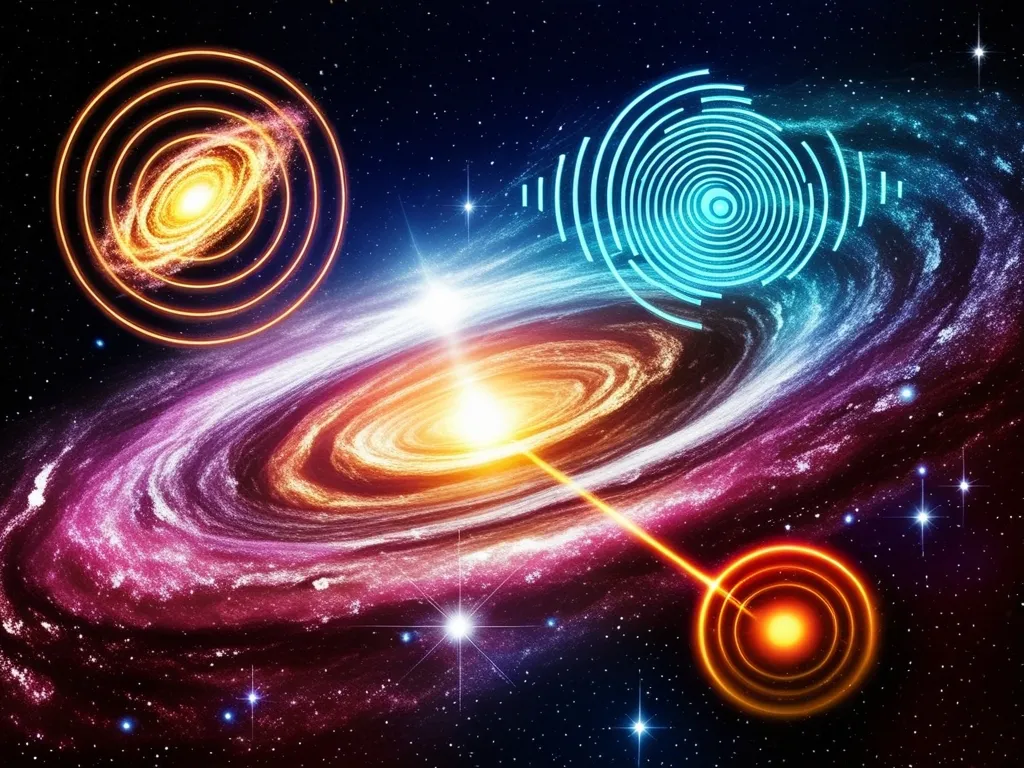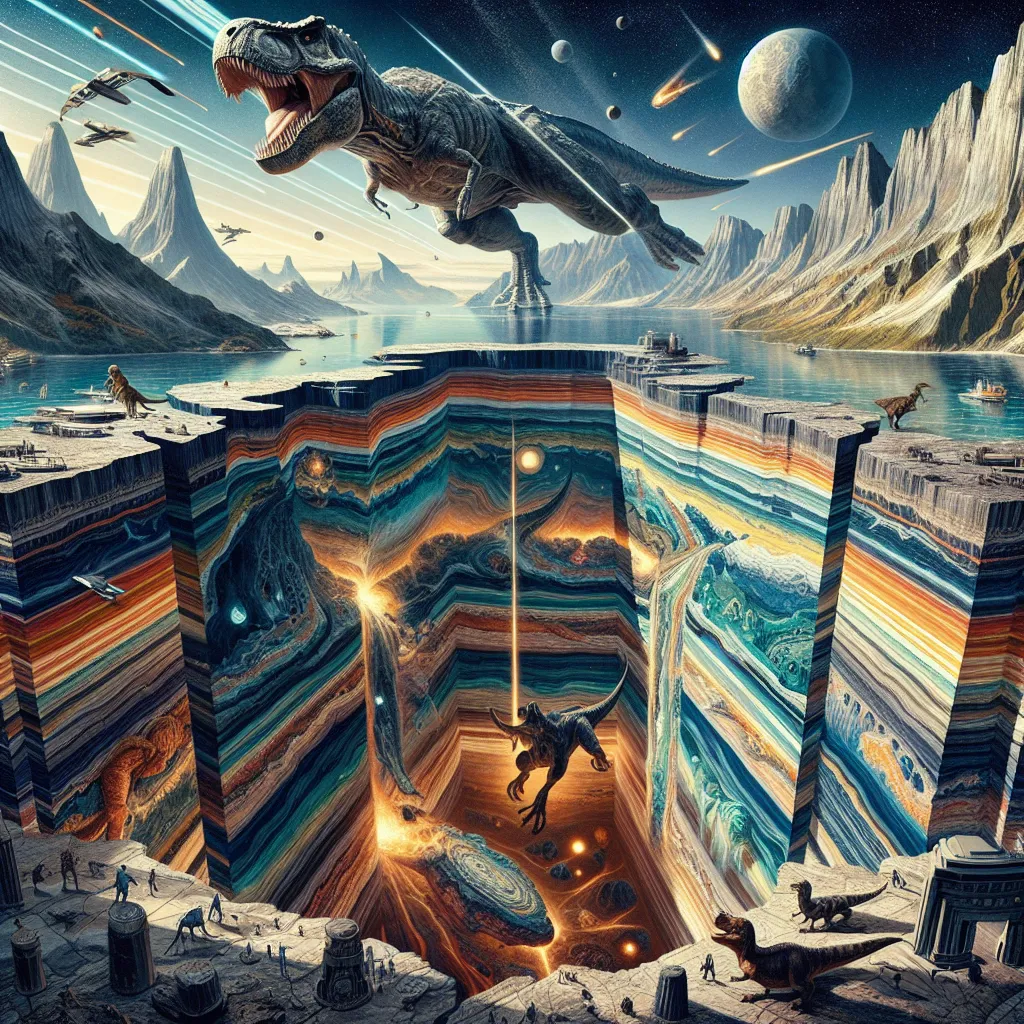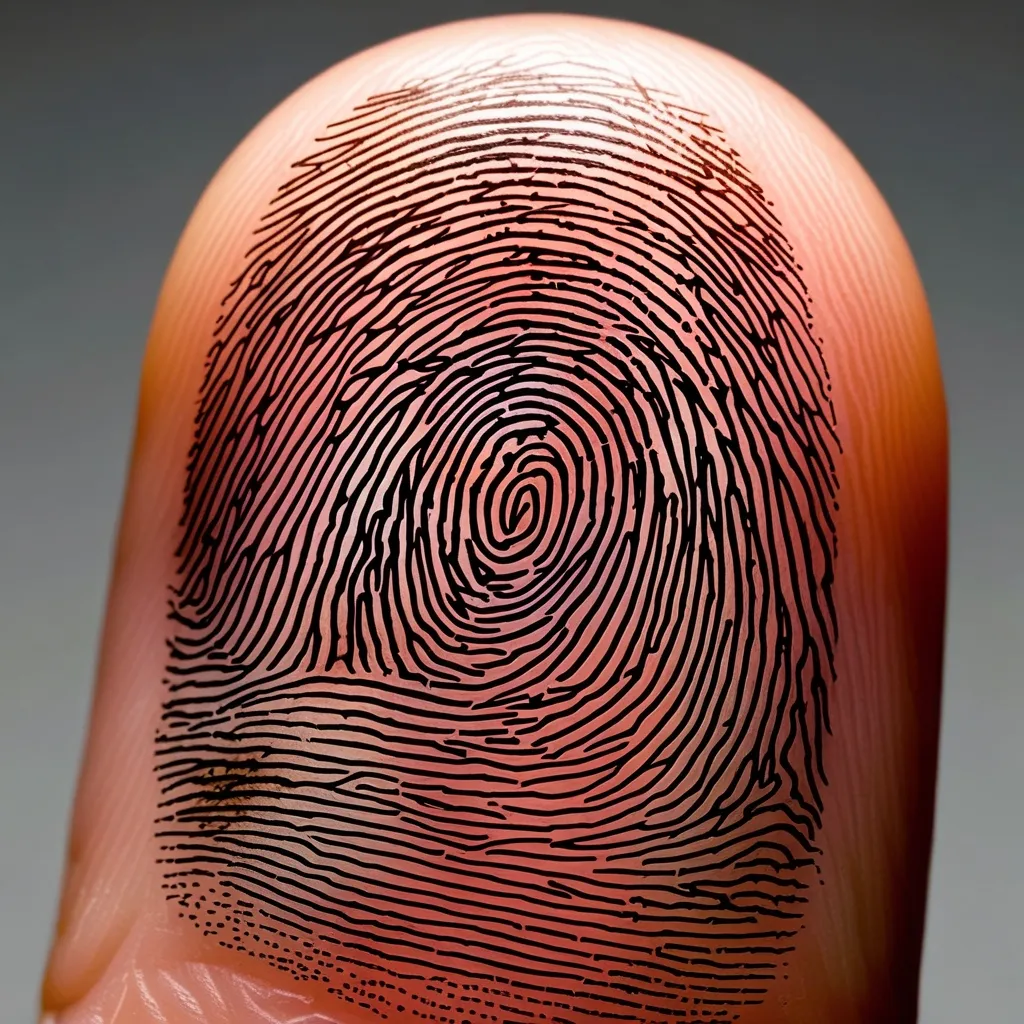London recently witnessed a gathering of doppelgangers from all over the globe, and it was as surreal as you’d imagine. Pairs with uncanny resemblances, who weren’t related by blood, were invited to the Department of Twin Research at Kings College London. They met face to face, unsure of what to expect. The aim? To figure out which pair is the most identical. This ambitious venture was spearheaded by Professor Tim Spector, a leading expert in twin studies, who found himself mesmerized by the doppelganger phenomenon.
Professor Spector’s interest piqued when he saw a viral photo of two ginger-haired men who looked like the spitting image of each other despite different genetic origins. This curiosity led to a barrage of tests—both two-dimensional and three-dimensional facial comparisons, plus DNA analysis. For this experiment, pairs including nightclub assistant manager Darren from Glasgow and his doppelganger David from Poland were scrutinized. Despite having many similarities, there were subtle differences that only scientific tools could expose.
One of the pairs, Neil and John, who met in their hometown of Braintree Essex, shared an amusing anecdote of being mistaken for each other regularly. They discovered their resemblance during a local history trip, which culminated in a weird yet fascinating bus encounter. Their doppelganger adventure highlighted how powerful and perplexing facial similarities can be, even amongst non-twins.
The experiment involved several stages. After initial facial mapping using standard photos, the pairs’ likeness was analyzed using advanced three-dimensional technology. The technology captured thousands of facial points, examining even the smallest of details such as the tilt of a nose or the contour of a cheek.
Amongst the competing pairs was Fiorella from East London and Ambrosia from Missouri. Despite differences in height and a slightly different look in the photographs, their face-to-face meeting was nothing short of heartwarming. Fiorella always wanted a sibling who looked like her, and meeting Ambrosia felt like a dream come true.
Rob and Koby, two stand-up comics from America and Israel respectively, also participated. Their viral selfie had already garnered massive attention online. Their remarkable resemblance sparked debates about the genetic and environmental factors that might contribute to such similarities.
As the tests concluded, the human eye got its turn in judging the likeness, with 100 people invited to rate the pairs. This was a fascinating part of the experiment, as it showed how people perceive similarities differently. For instance, despite high-tech analysis, some participants scored lower in person while others shined when scrutinized by an actual audience.
The DNA results threw another interesting dimension into the mix. It wasn’t just about looks. For instance, Rob and Koby discovered they shared a small portion of genetic material, labeling them potential distant cousins.
Finally, the long-awaited results were in. Neil and John emerged as the most identical pair, leaving the crowd and even themselves astounded. Their journey from being mistaken strangers to the top spot in a doppelganger experiment was nothing short of a real-life plot twist.
In this age of social media, finding your doppelganger isn’t as far-fetched as it once seemed. It’s a testament to how interconnected and fascinating humanity can be, blurring the lines between genetic coincidence and sheer happenstance. The world’s not just smaller—it might just be chock-full of someone who looks exactly like you.
